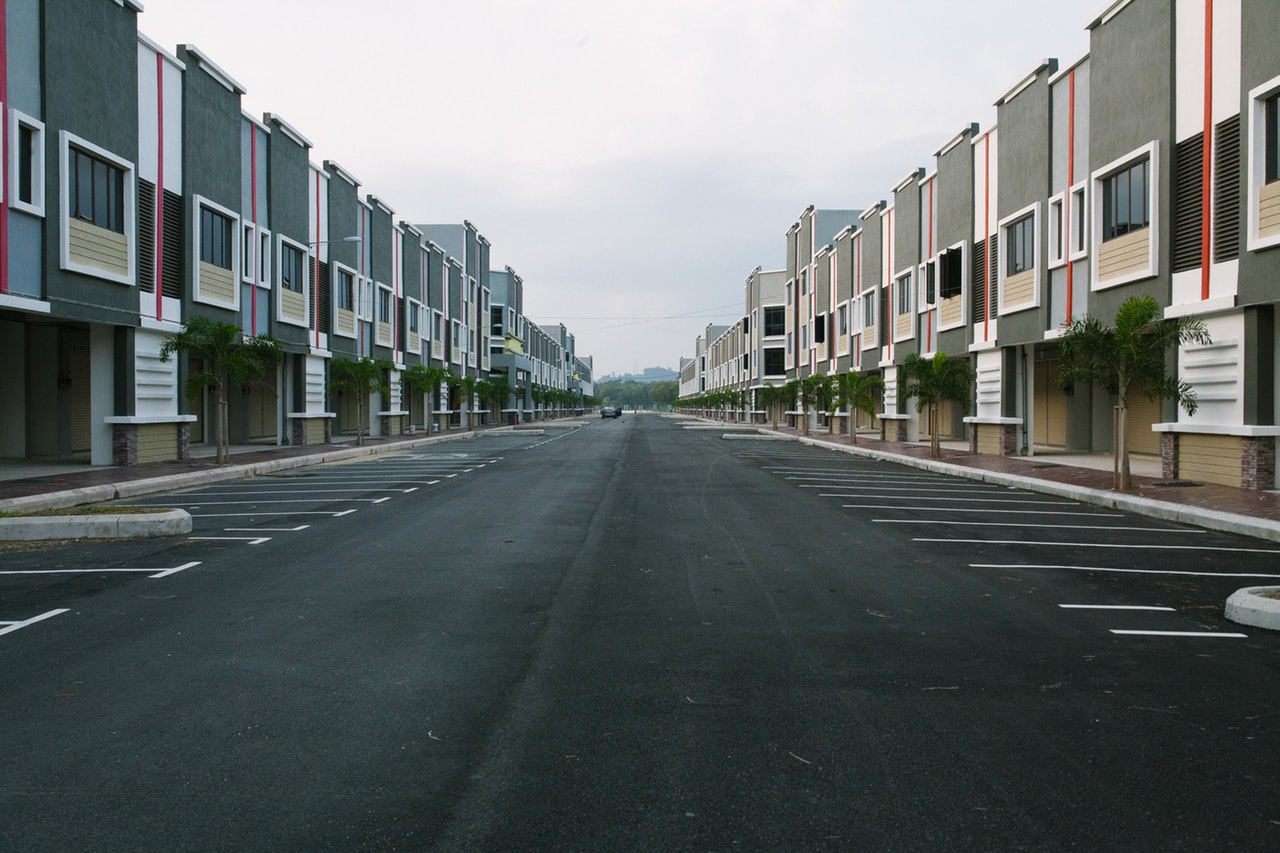The housing market had a difficult start to the year, with the first quarter showing price declines across the UK of 0.7% according to data from Halifax the UK’s largest mortgage lender. This is not surprising since data from the Royal Institution of Chartered Surveyors (RICS) showed that new buyer enquiries fell again in March, continuing a trend that has been going on for 11 straight months now.
The disappointing first-quarter performance comes despite Chancellor Philip Hammond’s best efforts to breathe new life into the housing market by slashing stamp duty to zero for first-time buyers on homes that cost less than £300,000 and reducing rates for those that cost up to £500,000.
Not all regions suffer declines
Not all regions suffered declines however, and there was some regional divergence across the UK with parts of Wales, Northern Ireland, the North West and the Midlands all seeing property prices increase. It was London and the South East that took the brunt of the pain with property prices in parts of East Anglia and the North East also seeing prices fall as the effects of the Bank of England’s November interest rate rise start to take hold.
Affordability is the deciding factor here, and areas where house prices are more affordable, such as parts of Wales and the North West are seeing the market hold up pretty well, while areas such as the South East, where house price earnings are stretched, are seeing weakness across the board.
£1m-plus homes toughest to sell
Price also plays a factor. Homes priced above £1 million remained the most difficult to sell in the first half of the year. Agents surveyed by the RICS said that 67% of homes priced in this bracket achieved a sale price less than the asking price, with the figure falling to 56% for homes priced in the £500,000 to £1 million bracket.
The problem is more acute in homes that cost more than £2 million, with agents reporting that asking prices have been reduced by an average of £260,000 for homes in the £2 million-plus bracket. This is partly due to stamp duty changes which increased to 12% for properties costing more than £1.5 million for a first home and 15% for a second home.
New builds provide a welcome respite
It wasn’t all doom and gloom, however. The number of new homes registered to be built during the 2017/18 financial year reached 154,698, the second highest number in more than a decade. The number is a slight decrease on the 157,805 new starts registered during 2016/17, but the decline is largely down to adverse weather conditions which struck most of the UK during the early part of 2018.
The increase in new housing developments will be welcomed by the government which has ambitious plans to build 300,000 new homes across the country by 2021. Government initiatives to stimulate new builds include simplifying the planning process, the creation of a £3 billion home building fund and an extra £1.4 billion for affordable housing. These initiatives alone should help keep the new build market buoyant for the foreseeable future.
Outlook going forward
While the start of the year was challenging, the performance of the market stabilised during the second quarter with Halifax reporting that house prices were up by around 0.2% across the UK. But once again there were regional variations with parts of London and the South East still seeing prices fall due to weak demand.
New buyer enquiries also stabilised during the three months to June, with data from RICS showing that the number of new buyer enquiries in April remained steady, arresting four straight months of decline. This is a sure sign that the worst is over and prices should start to strengthen going forward.
With employment at record levels and real earnings starting to rise, there is reason to believe that the second half of the year will provide more sustainable growth. The Bank of England has also promised to keep interest rates low, despite the recent rise, which should see mortgages remain at manageable levels giving buyers the confidence to go out and buy.



 Bitcoin
Bitcoin  Ethereum
Ethereum  Tether
Tether  XRP
XRP  Solana
Solana  USDC
USDC  TRON
TRON  Cardano
Cardano  Lido Staked Ether
Lido Staked Ether  Avalanche
Avalanche  Toncoin
Toncoin